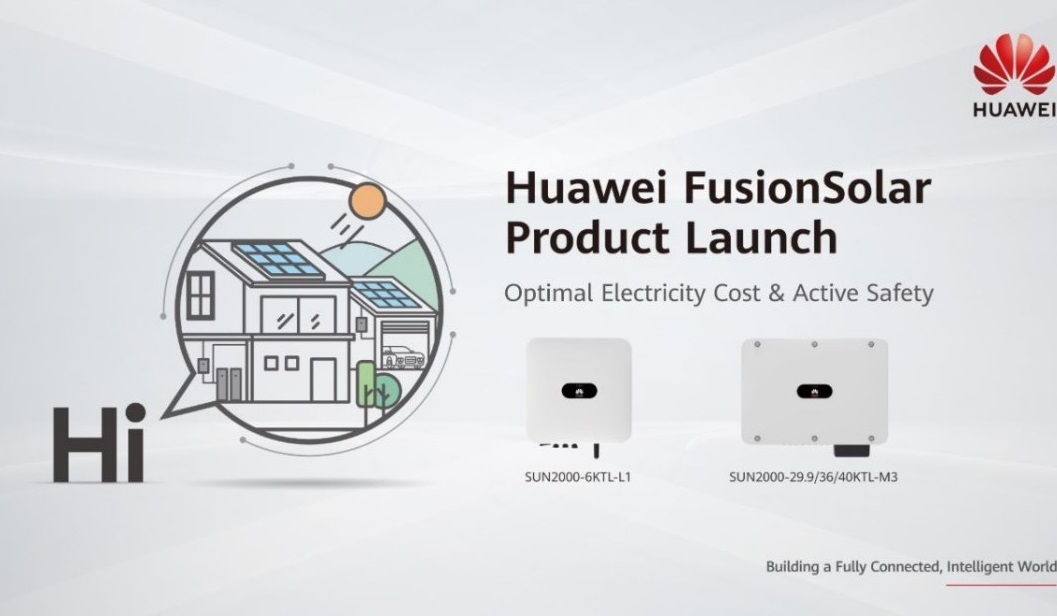Huawei Smart String-level Disconnection (SSLD) Tech for PV Plant Safety
12 Dec 2023

Huawei launched its home battery, the LUNA2000 energy storage system, at the Smart Energy Conference in Sydney last week. The modular battery marks the Chinese company’s foray into storage for Australia’s rooftop solar boom, a segment expected to grow significantly thanks to a combination of increased government subsidies, solar penetration causing electricity export prices to plummet and the growing influence of virtual power plants (VPPs) opening up new sources of revenue for battery owners.
Product managers for Huawei Australia’s solar business, Simon Wang and Haider Khan, gave pv magazine Australia a rundown on the battery system’s features and where they see it fitting into the Australian landscape. Retailing for under $10,000 for a 10 kWh system, the battery has already been approved for South Australia’s home battery scheme subsidy.
Huawei launched its home battery, the LUNA2000 energy storage system, at the Smart Energy Conference in Sydney last week. The modular battery marks the Chinese company’s foray into storage for Australia’s rooftop solar boom, a segment expected to grow significantly thanks to a combination of increased government subsidies, solar penetration causing electricity export prices to plummet and the growing influence of virtual power plants (VPPs) opening up new sources of revenue for battery owners.
Product managers for Huawei Australia’s solar business, Simon Wang and Haider Khan, gave pv magazine Australia a rundown on the battery system’s features and where they see it fitting into the Australian landscape. Retailing for under $10,000 for a 10 kWh system, the battery has already been approved for South Australia’s home battery scheme subsidy.
Safety
Given the growing reports of DC isolators on rooftop solar systems catching fire, safety has been a major focus for Huawei in entering the Australian landscape. To that end, the company has added three layers of protection to each battery module, including AI-powered internal short circuit detection, temperature sensors to detect overheating, and built in current and voltage sensors. Each module also has a fire extinguishing bag. These safety mechanisms are all backed up by the battery management system (BMS) which is driven by Artificial Intelligence (AI). To that end, Khan says battery’s chemistry, which adds phosphate into the traditional lithium-iron mix, helps to stabilise the system.






